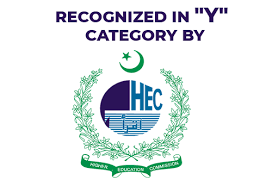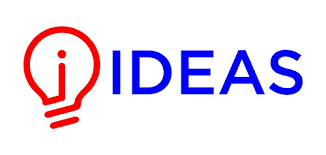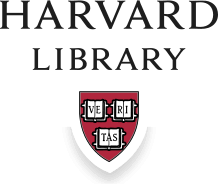Article | Open Access | Published: 21 July 2020
The Influence of Adtrust (Trust in Advertising) on Current and Future Purchases of Consumers: A Study of Hair Products in Pakistan
| Views: | 161 | | | Downloads: | 184 |
Abstract:
With a vast range of choices available for products from low to high involvement, one of the factors to initiate a purchase is the product?s advertising technique, which can even go wasted if the potential consumers of the product lack trust in the information conveyed through its advertisement. This paper attempts to investigate the impact of consumer trust in advertising on the purchase behavior of hair products (shampoos) in Pakistan, and aims to look at their relationship through the moderators of gender and age. The target population for the study is consumers of various shampoo brands available for use and being advertised in Pakistan. The sample comprises 200 respondents belonging to different demographic categories from Karachi, where all the various forms of advertisement media are in function at large. Data was gathered through a structured questionnaire filled by the respondents, bearing 23 items related to the independent variable of Trust in Advertising and the dependent variable of Consumer Purchase Behavior (current and future purchase). After the analysis of data, the results showed that trust in advertising and purchase behavior have a significant relationship with each other, but only the sub-variable of effect bears a significant impact on purchase behavior. With a vast range of product choices available from low to high involvement, product brands and advertising companies should take into account the trust factor at large, otherwise potential consumers of the product might become disloyal if they lack trust in the information conveyed through its advertisement.
Keywords:
Adtrust, Consumer Actual Purchase, Consumer Purchase Intention, Current Purchases, Future Purchases, Hair Products, Pakistan, Trust in Advertising
Publisher:
ILMA UNIVERSITY
Published:
21 July 2020
E-ISSN:
2409-6520
P-ISSN:
2414-8393
This is an open access article distributed under the terms of the Creative Commons Attribution CC BY 4.0 license, which permits any use, distribution, and reproduction of the work without further permission provided the original author(s) and source are credited.














